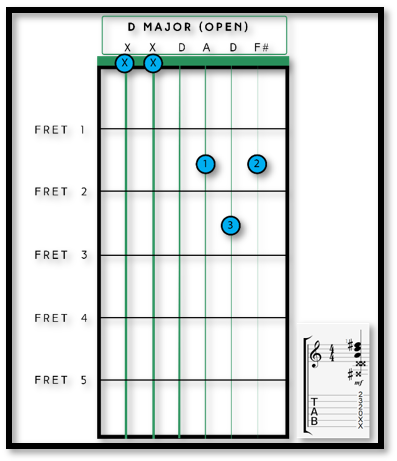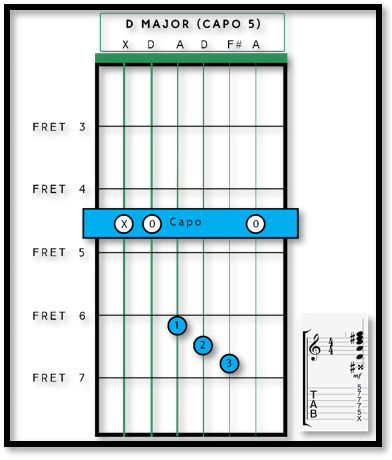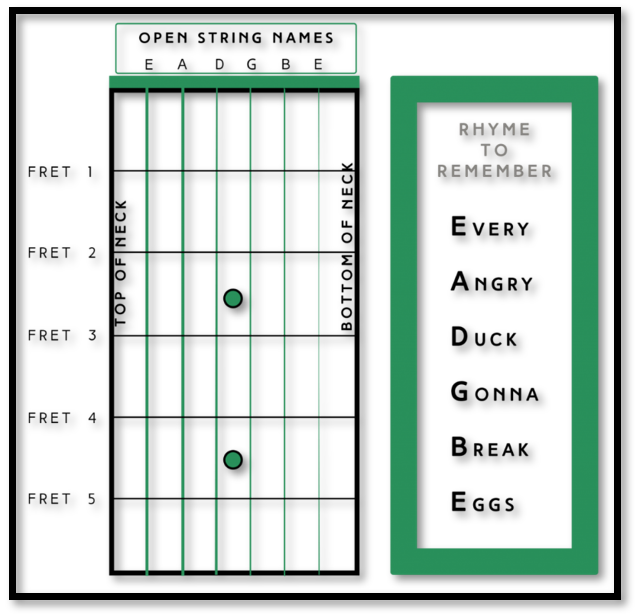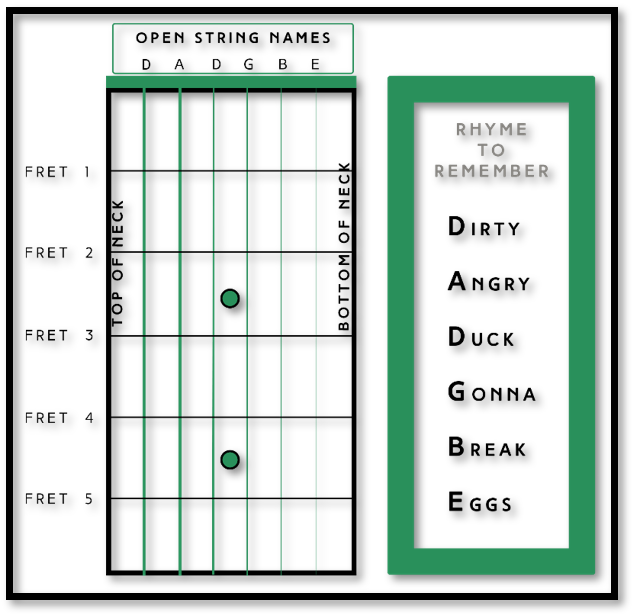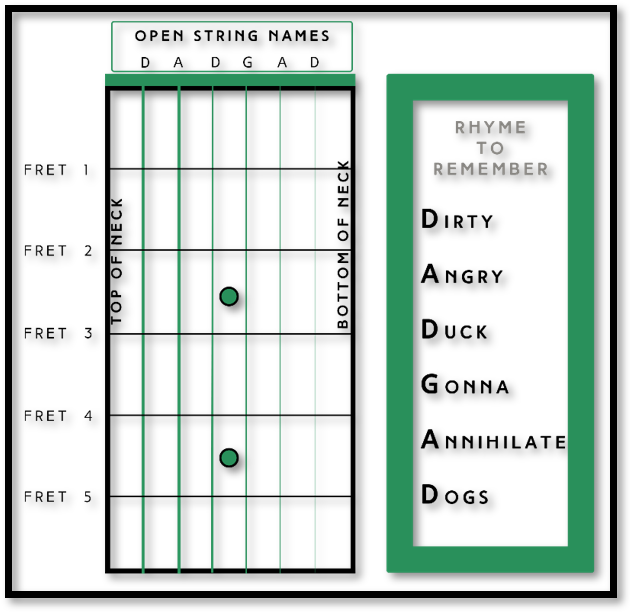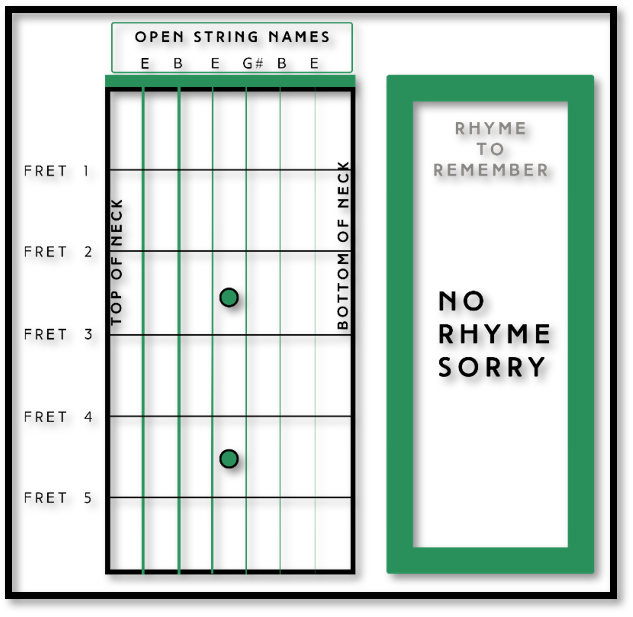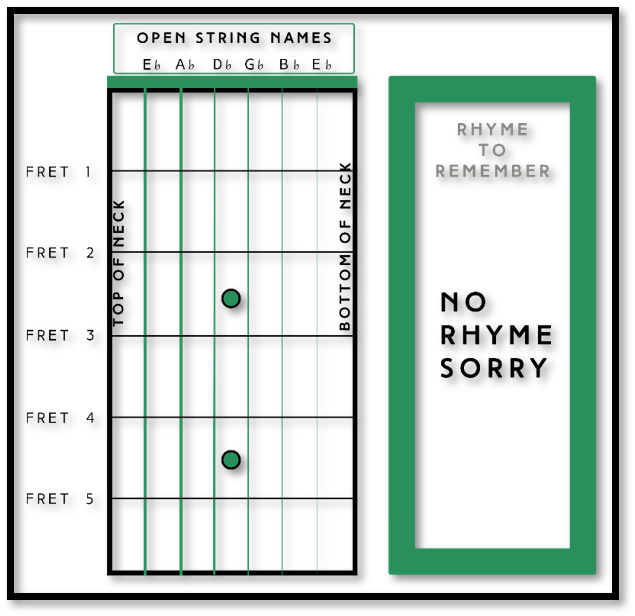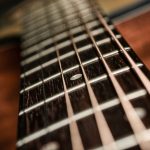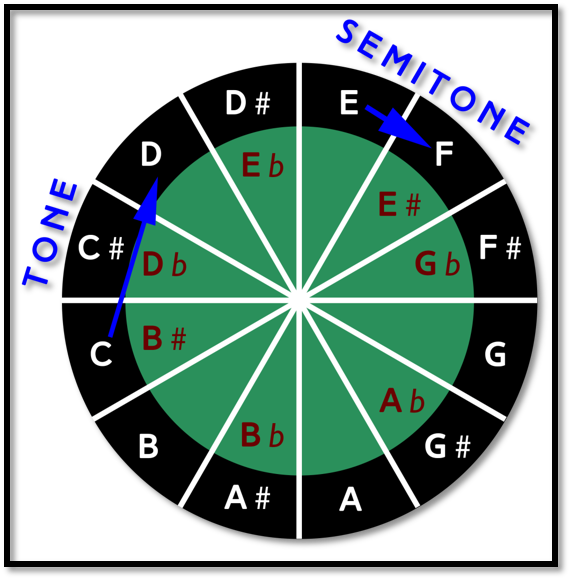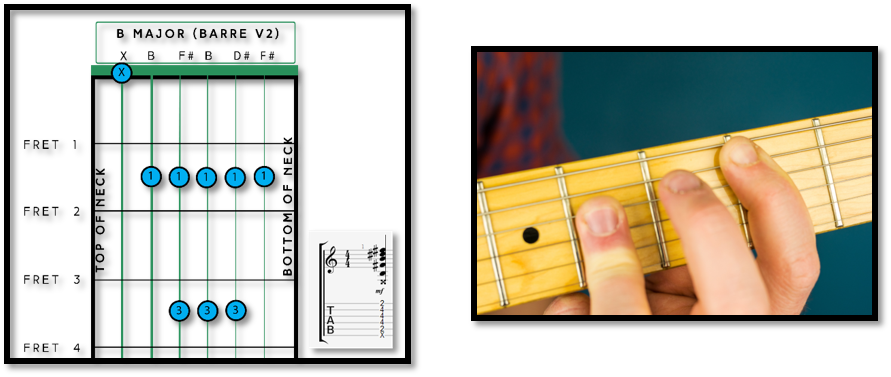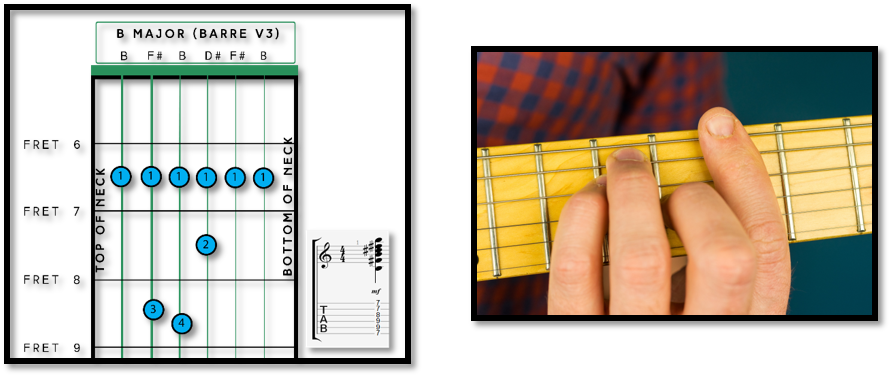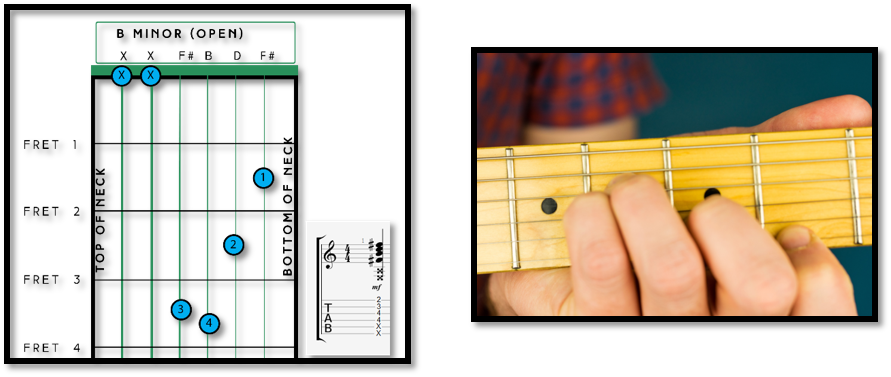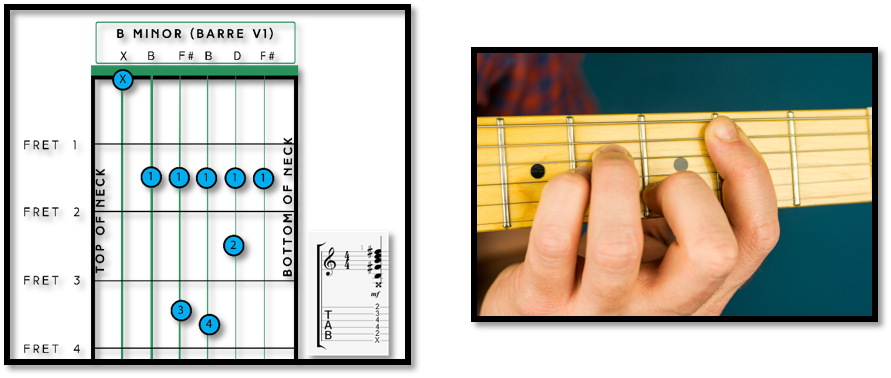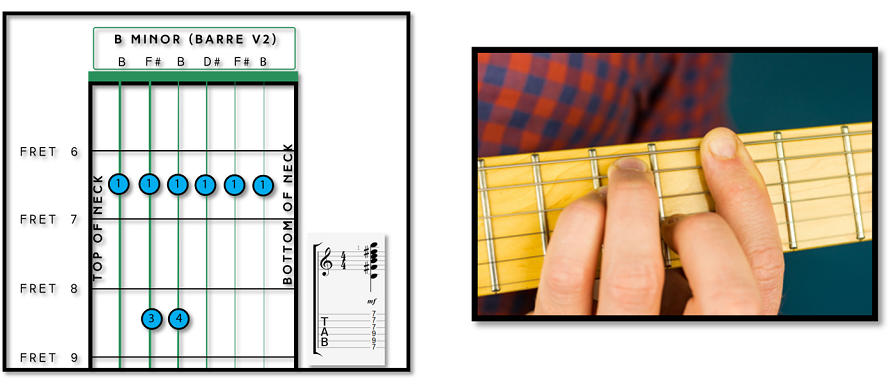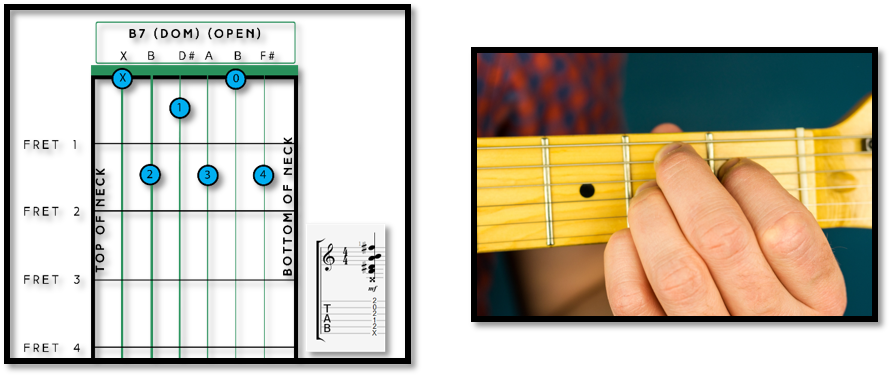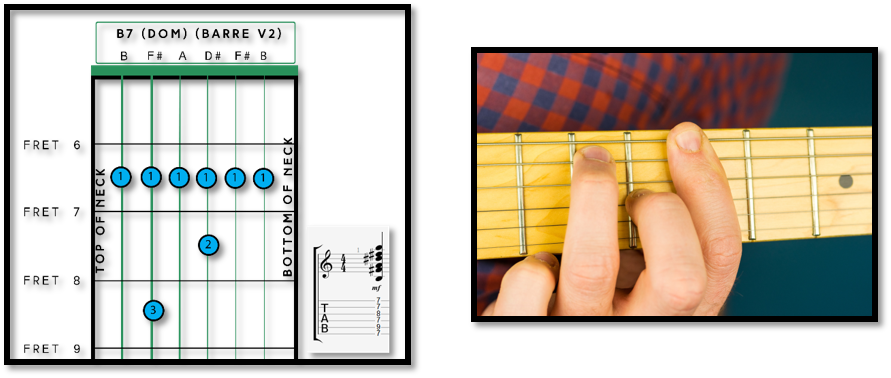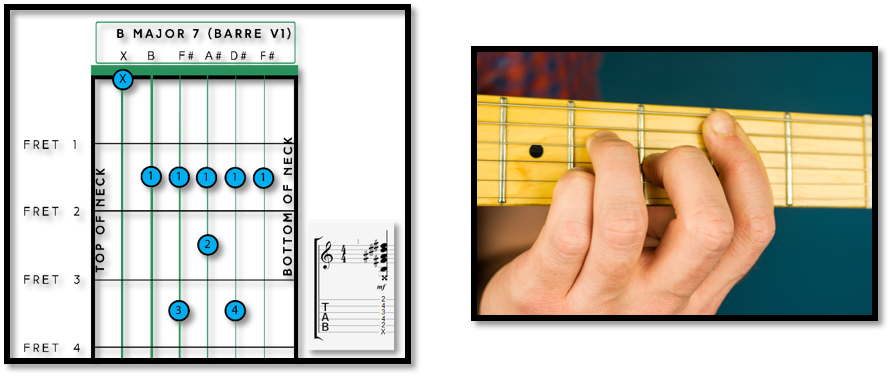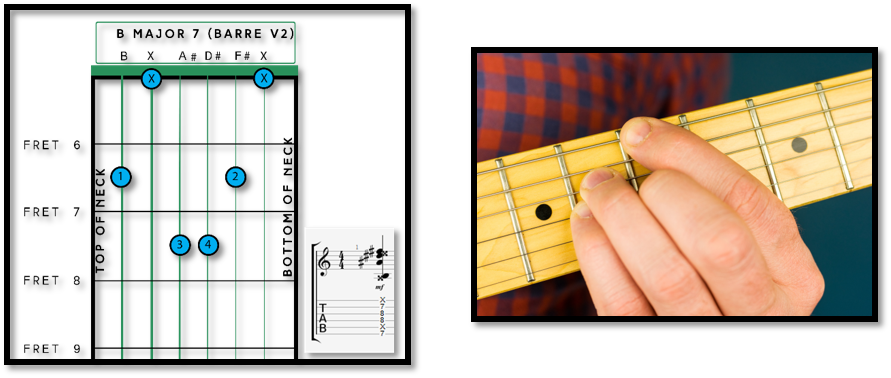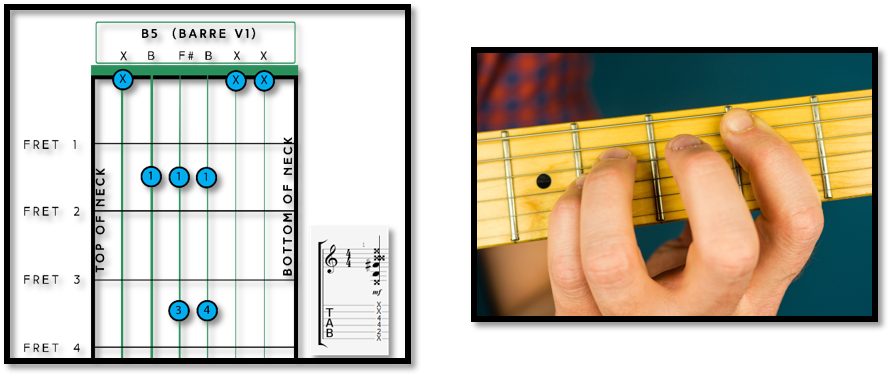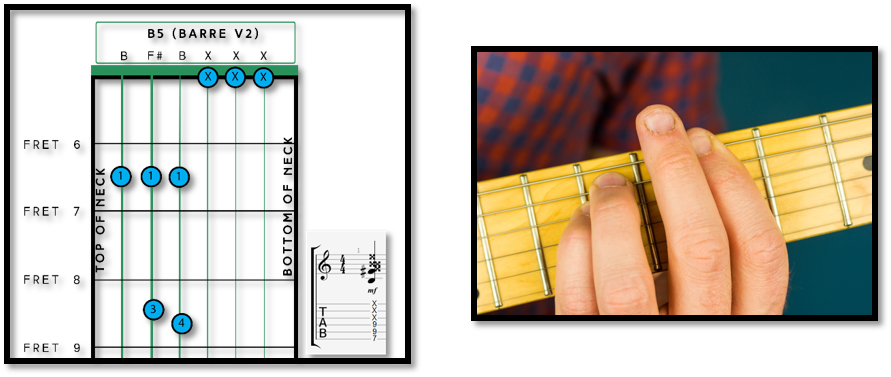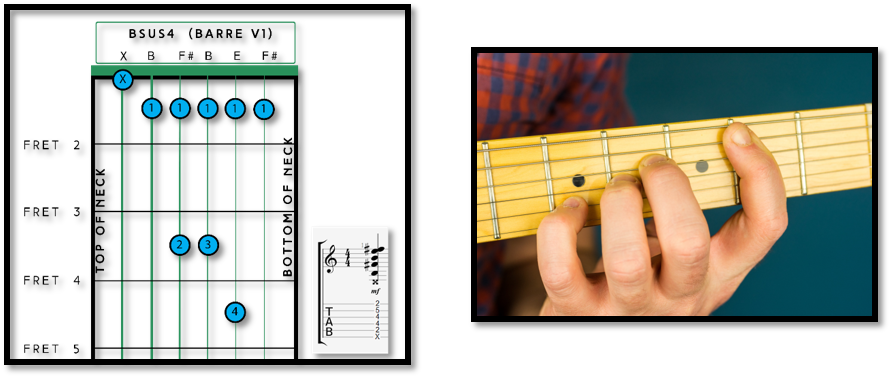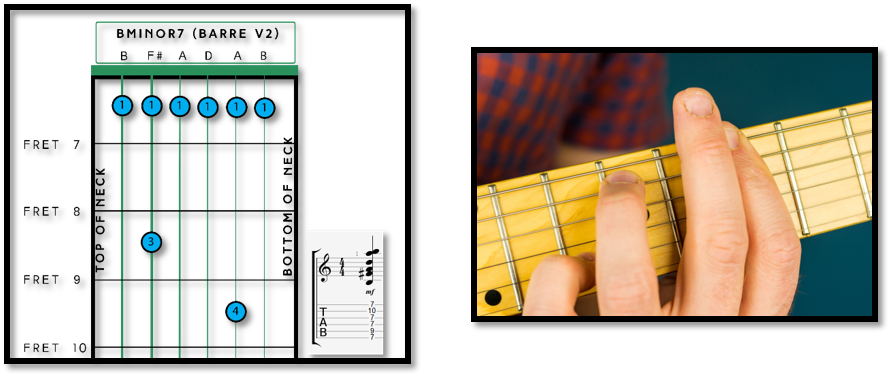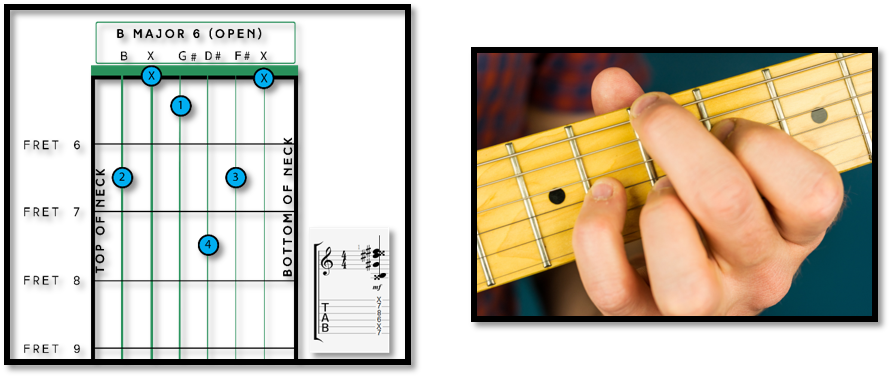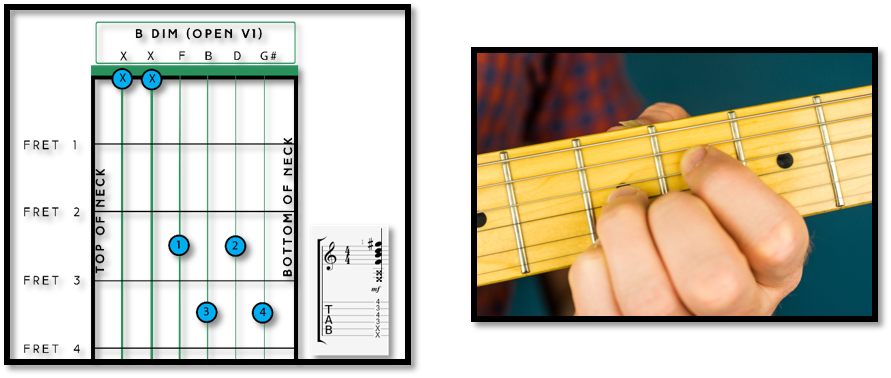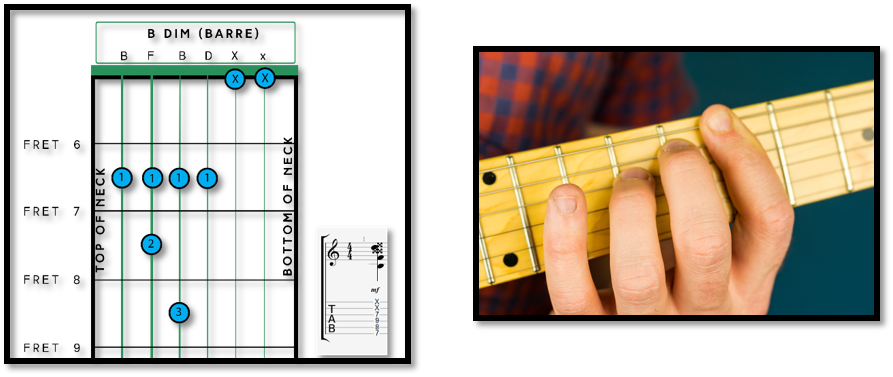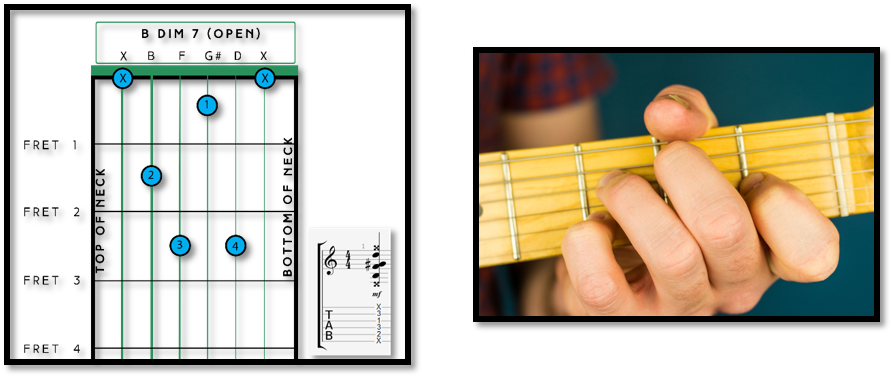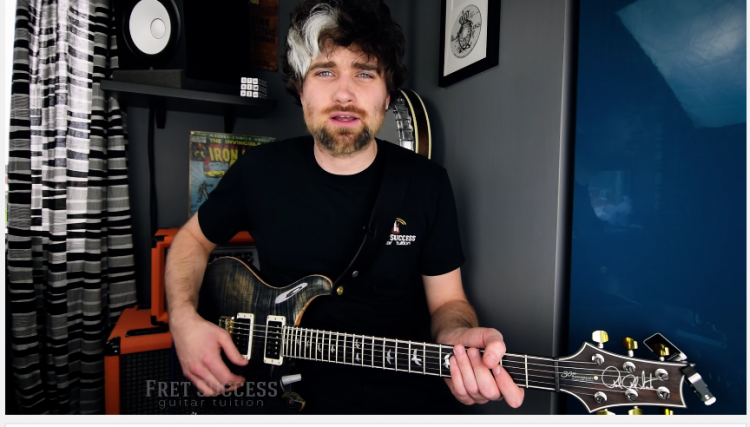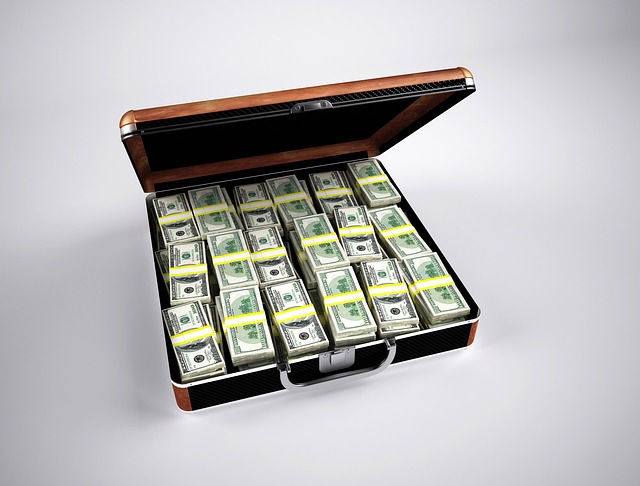Summary
Gadgets are wonderful. Most I can’t live without and, sure, some are just nice to have/fun. They all have their place though. It’s hard to pin down a shortlist but I’ve had a go at prioritising my recommendations. Plus it’s that time of year where you probably want to get a gift for the guitarist in your life.
I’ve listed a few gadgets that can help improve your creativity, progression and musical expression whilst also reducing wasted time. Here’s a summary of the gadgets I’ve put on my list:
- Clip on Tuner
- Guitar Stands or Wall Hangers
- Guitar Maintenance Gadgets
- Plectrum/Pick Holders
- Capo
- Time/life Savers
- Technique Improvement
- Musical Expression and Songwriting
This list isn’t everything but will likely give you insight into some gadgets that could save you time, patience and help with your musical process.
Have you joined the free Fret Success Academy yet? Just visit here to find out more and join!
Plus there’s a free 7 day email course with my top guitar practice strategies, just wait for the pop up on the site!
Anyway, on to the main article!
Main Article
Let’s answer this question that you either have thought about for improving your playing, that you think you’re missing out or if you’re wanting to get a guitarist a gift.
So, “What guitar gadgets would you recommend to any guitar player?”?
Let’s go through some categories and options.
There are so many guitar gadgets out there, especially those that promise to improve your guitar playing or even just the next “must have thing”.
It’s nice to treat ourselves every now and then and I am partial to this, as life is too short right?
It’s easy to keep buying a new guitar gadget or the latest thing but what are the things that are a staple to most guitar players?
You know the things that you’ll use to enhance or improve your playing or musical expression?
Well, there are a few gadgets that I find that I use every day, other gadgets that I’m glad I have in my possession for occasional use, and some that are pretty much just toys.
Each of these has its place and of course depends on the budget you have available.
So what types of gadget are there?
When I think about when I’m asked, “What guitar gadgets you would recommend to any guitar player”, I just think about what I have recommended to my students over the years and through the conversations I have with other fellow experienced guitarists.
I’ve made the following lists based on what I have found to be the most effective gadgets for not just helping not just improving technique and musical expression but to also just make life easier.
The following sections take you through the gadgets for each of the following uses,
- General day to day gadgets;
- Make your life easier;
- Technique improvement; and
- Musical expression and songwriting.
General Day to Day Gadgets
Clip on Tuner
I must admit that I bought one of these years ago and just never got along with it.
The technology just didn’t work well, especially for the lower strings.
I just found it easier to use the pedal versions, especially with there being no strobe tuning function on it (if you haven’t used a strobe tuner, use one and you’ll never go back).
This opinion changed when I came across the TC electronic PolyTune Clip.
The Polytune Clip is the best clip on tuner I have tried. It has a couple of great features including recognizing what strings are out of tune when all are strummed and strobe tuner functionality.
This is a must have gadget for any guitarist.
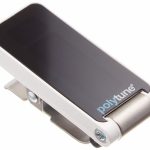
Link: https://www.amazon.com/TC-Electronic-966111001-PolyTune-Clip/dp/B00ZU4G0ZK/ref=sr_1_1?ie=UTF8&qid=1540512822&sr=8-1&keywords=polytune+clip
Guitar Stand or Wall Hanger
If you’re a gigging person, then having a guitar stand is a must; as just leaving it propped up is asking for trouble.
I’ve seen so many nice guitars slide away from the wall and crash to the ground with an almighty bang and strike of the strings.
So, if you gig then you need to get a stand, no questions asked.
Another way to think about it is considering one of the main things that generally hinders you wanting to practice.
This is where your guitar is stored.
Have you ever thought about practicing your guitar and then you can’t be bothered because it’s locked up in a case in the wardrobe?
Well, one of the best things to do here is just make it more accessible using a guitar stand.
There are so many options out there for guitar stands, some good and some bad; with varying functionality.
If you have more than one guitar you might find it beneficial to have either a dual or multi guitar stand. I’ve found that having them hung on the wall is best, if you have space and permission.
This is because they are out of the way, not getting tripped over and you can easily just grab it off the wall and get playing.
So here are some guitar stand options with varying styles, so it really depends on what works for you.
Acoustic Floor Stand:
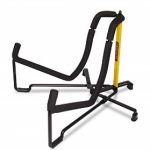
https://www.amazon.ca/Hercules-GS301B-Travlite-Acoustic-Guitar/dp/B000P5RVRU/ref=sr_1_1?ie=UTF8&qid=1542310267&sr=8-1&keywords=hercules+acoustic+guitar+stand
Electric Floor Stand:
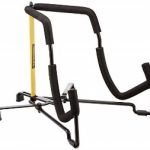
https://www.amazon.ca/Hercules-GS302B-Travlite-Compact-Electric/dp/B000P5WTQS/ref=sr_1_1?s=musical-instruments&ie=UTF8&qid=1542310284&sr=1-1&keywords=hercules+electric+guitar+stand
Dual Guitar Stand:
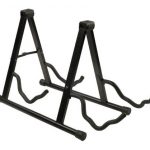
https://www.amazon.ca/AXL-SG-302-Multiple-Guitar-Guitars/dp/B004WDZJFW/ref=sr_1_8?s=musical-instruments&ie=UTF8&qid=1542310305&sr=1-8&keywords=dual+guitar+stand
Multi Guitar Stand:

https://www.amazon.ca/PGST43-Guitar-Stand-Multi-Instrument-Holder/dp/B01HTG4WG0/ref=sr_1_2?s=musical-instruments&ie=UTF8&qid=1542310328&sr=1-2&keywords=multi+guitar+stand
Single Point Wall Hanging Stand:

https://www.amazon.ca/Hercules-GSP38WB-Locking-Mounting-Guitar/dp/B0009K9MUA/ref=sr_1_1_sspa?s=musical-instruments&ie=UTF8&qid=1542310358&sr=1-1-spons&keywords=hercules+wall+hanger&psc=1
Multi Point Wall Hanging Stand:
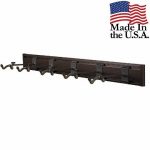
Link: https://www.amazon.com/dp/B00JDP3J10/ref=sspa_dk_detail_3?psc=1&pd_rd_i=B00JDP3J10&pf_rd_m=ATVPDKIKX0DER&pf_rd_p=f0dedbe2-13c8-4136-a746-4398ed93cf0f&pd_rd_wg=1JUC1&pf_rd_r=QMJM07B6DH7EDNDC3AA5&pf_rd_s=desktop-dp-sims&pf_rd_t=40701&pd_rd_w=qhrEm&pf_rd_i=desktop-dp-sims&pd_rd_r=5a80b089-e90d-11e8-b8bf-2d5ac68107a8
Maintaining your Guitar
These are the cheapest gadgets you can get but easily the most overlooked, especially for beginner guitar players.
The guitar strings pickup all sorts of scum and dirt from your fingers when you’re playing, the natural oils are corrosive to strings and the tone is affected quicker than you might think.
There are a few ways of increasing the longevity of strings, and the following gadgets can help with this.
Don’t forget to wash and dry your hands well before using the guitar too.
Clean Rag:
Wiping down your guitar after you play is a sure-fire way to increase the life of your strings.
Any microfiber cloth will do but here are some small ones you could use!

Link: https://www.amazon.ca/Auntwhale-15x17cm-Polishing-Cleaning-Instrument/dp/B07CGNNJKZ/ref=sr_1_2?ie=UTF8&qid=1542310516&sr=8-2&keywords=guitar+wipe+cloth
Guitar Case Dehumidifier:
Regulating the amount of moisture content in your guitar is crucial for keeping it in good conditioner.
There are some pretty weird and wonderful devices that can give you amazing control but why not start with something small, cheap and manageable.
These little packs work a treat.

Link: https://www.amazon.ca/Ever-Bamboo-Dehumidifier-Natural-Charcoal/dp/B01D9P1KNI/ref=sr_1_1?s=sports&ie=UTF8&qid=1542310550&sr=8-1&keywords=guitar+case+dehumidifier
String Preserver and Lubricant:
You know that sound that your guitar strings make when you slide your hands on them, it can be a bit bearing on the listener.
Also, you may find that sliding up and down the neck isn’t as easy as you would like.
Well the FretFast is perfect for these symptoms/woes. They also make it harder for the sweat and corrosive materials to degrade the string over time.
I highly recommend this product and it lasts ages!
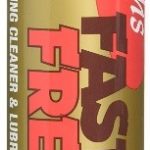
Link: https://www.amazon.ca/GHS-Strings-A87-FAST-FRET/dp/B0002D0CQC/ref=sr_1_2?s=sports&ie=UTF8&qid=1542310572&sr=8-2&keywords=fast+fret
Lemon Oil by Jim Dunlop:
Caring for your guitar is essential and one way of maintaining the moisture content in the neck and provide some lubrication is through applying lemon oil.
You don’t need to use it regularly, but I give my unstrung neck a good clean with a strong rag/cloth and then apply lemon oil to protect it!
It’s a great product to have around.
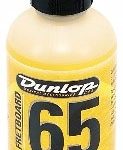
Link: https://www.amazon.ca/Dunlop-6554-Ultimate-Lemon-Oil/dp/B0002OOMW6/ref=sr_1_1?s=sports&ie=UTF8&qid=1542310611&sr=8-1&keywords=lemon+oil+jim
Pick/Plectrum Holders
One of the biggest pet hates for guitarists is losing picks/plectrums!
Who know where they go sometimes?
I’ve moved to a new house and never been able to find a plectrum that went missing.
I’ve heard rumours that they travel to another dimension to live out the rest of their lives.
Another issue is the long search to find a pick/plectrum to use.
Also, you could be playing a live show and lose a plectrum then be searching for it mid song!!
So many plectrum/pick related woes!
So, one of the best things to do to solve this issue is get a device to hold them in place or at least store them somewhere. Here are a few devices to help you with this trying time.
Convenient Pick Store:
Store them in a fixed location on the back of your guitar headstock, desk etc. using a pick store

Link: https://www.amazon.ca/Dunlop-5005-Pickholder-1-Pack/dp/B0002OOMU8/ref=sr_1_cc_5?s=aps&ie=UTF8&qid=1542310644&sr=1-5-catcorr&keywords=guitar+pick+holder
Microphone Mount Pick/Plectrum Store:
Slide this on your microphone stand at a gig, load it up and stop looking for plectrums/picks mid song.
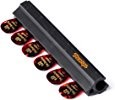
Link: https://www.amazon.ca/Dunlop-5010-Stand-Pkhldr-7-Inch/dp/B0002D0CNA/ref=sr_1_cc_6?s=aps&ie=UTF8&qid=1542310733&sr=1-6-catcorr&keywords=guitar+pick+holder
String winder:
It can take an age to change strings and sometimes you haven’t got the time, say mid performance.
This neat little device speeds things up and keeps everything you need to change strings handy including a string winder, peg remover and trimmer.
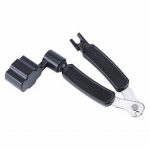
Link: https://www.amazon.ca/Guitar-Bass-Maintenance-Strings-Extractor/dp/B0716F22K8/ref=sr_1_3_sspa?s=musical-instruments&ie=UTF8&qid=1542310746&sr=1-3-spons&keywords=string+winder&psc=1
Capo:
A capo is a must have device for any guitarist. They are so useful! Everyone should have one and that’s it really.
If you’re not sure what a capo is for, Click here for my article on the very topic!
I’ve given a link to a cool looking and functional capo.
There are a massive range out there though and lots of different concepts.
It’s personal preference but I’ve always preferred the quick clamp on/release ones just for convenience and consistency, especially for playing live.
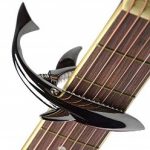
Link: https://www.amazon.ca/Guitar-Acoustic-Electric-Feeling-Durable/dp/B071JFRL3C/ref=sr_1_10?s=musical-instruments&ie=UTF8&qid=1542310783&sr=1-10&keywords=guitar+capo
Power conditioner and surge protector:
Protecting your electronic equipment and yourself is very important. Poor electrical connections can damage equipment.
They can fluctuate quite a bit and you’re at the mercy of it in most scenarios where you use your gear.
You should at least have a surge protector but think about going to the next level by conditioning your power supply with an all in one unit!
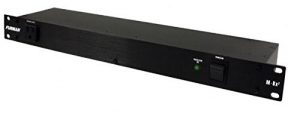
Link: https://www.amazon.ca/gp/product/B003BQ91Y6/ref=oh_aui_detailpage_o03_s00?ie=UTF8&psc=1
Make my life easier
It’s one thing having your lesson content easily accessible on your portable device but trying to prop it up somewhere and be able to see it from your guitar is another matter.
There are a few items that can help you position that device in a better location for access whilst playing your guitar for either live or rehearsal.
Phone & iPad holders for mic stand and guitar
Phone:
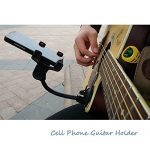
Link: https://www.amazon.ca/Holder-Guitar-Singing-Suction-Musicians/dp/B079WHWQWF/ref=sr_1_11?s=musical-instruments&ie=UTF8&qid=1542310890&sr=1-11&keywords=phone+holder+for+musician
iPad/tablet:

Link: https://www.amazon.ca/CTA-PAD-MTG-Microphone-Gooseneck-Performance/dp/B06X9S2VWQ/ref=sr_1_1?s=musical-instruments&ie=UTF8&qid=1542310925&sr=1-1&keywords=ipad+holder+for+musician
Technique Improvement
Grip trainer:
Now let’s look at a standard technique improvement product that I even use now.
It’s not just for improving technique but also for maintaining strength in your fingers as an experienced player.
You just need to squeeze this device when you’re relaxing, like watching TV/browsing internet etc.
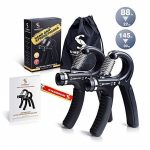
Link: https://www.amazon.ca/Strengthener-Adjustable-Exerciser-Dexterity-Instruction/dp/B07GPB8CQB/ref=sr_1_5?s=musical-instruments&ie=UTF8&qid=1542310992&sr=8-5&keywords=guitar+grip+master
Musical Expression and Songwriting
If you have some/all of the above items and you’re confident with your playing, it’s probably time to work on getting gadgets to help with your musical expression and songwriting.
The following gadgets are perfect for this.
Mobile Phone Voice Recorder App:
Getting a voice recorder app on your phone is a complete must.
You never know when the next idea will come to you, a riff, a lyric etc.
The one thing you do know is that you need to be ready for it.
Remembering ideas is tough, especially if you’re not ready to progress that idea there and then.
Iphone: https://itunes.apple.com/ca/app/voice-recorder-audio-editor/id685310398?mt=8
Zoom H1 Portable Digital Recorder:
This device is great if you want to improve your audio recording quality or even want to record audio for YouTube covers etc.
Phones are great and convenient but if you want more then this is the next step up.
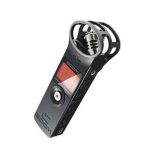
Link: https://www.amazon.ca/Zoom-Handy-Portable-Digital-Recorder/dp/B003QKBVYK/ref=sr_1_2?s=musical-instruments&ie=UTF8&qid=1542311094&sr=1-2&keywords=Zoom+H1+Portable
Guitar Slide:
This next one is a stylistic gadget.
It’s simple but not the easiest thing to use and make sound good.
It’s a must for blues and rock players but it’s also worth getting if you just want to spice up your playing. Use it to add a cool fretless slide effect to your playing.

Link: https://www.amazon.ca/Jim-Dunlop-222-Guitar-Slide-Medium/dp/B0002D0ELU/ref=sr_1_4?s=musical-instruments&ie=UTF8&qid=1542311063&sr=1-4&keywords=guitar+slide
Sound Card and DAW:
So, you’re ready to record an album and hit the big time?
You used to have to wait for a record deal but now you can do it all from the luxurious and inexpensive environment of your home.
The next gadget to consider in this realm is a dedicated external sound card and Digital Audio Workstation (DAW).
There are lots of options out there but the new Focusrite Scarlett series is a great value for money product. It only has two inputs but if you get yourself a drum sampler plugin and amp simulator then there’s nothing stopping you for electric.
If you’re acoustic, just get a microphone and stand and you’re off!!
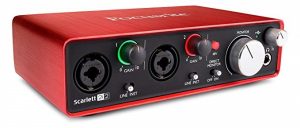
Link: https://www.amazon.ca/Focusrite-Scarlett-2i2-Audio-Interface-Tools/dp/B01E6T56EA/ref=sr_1_2?s=musical-instruments&ie=UTF8&qid=1542311143&sr=1-2&keywords=focusrite
PRS Supermodels:
For the electric guitarists amongst you, I have come across one of the best amp simulators there is.
Sure, there are much more sophisticated and flexible options out there but for this price, it’s unbeatable!
Get this series and do away with all the frustration with getting a good guitar sound and hit the ground running with your ideas and focus on the songwriting instead.
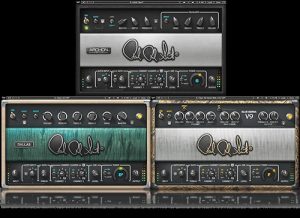
Link: https://www.waves.com/plugins/prs-supermodels
Hammer Jammer
This is the only novelty type gadget that I’ve mentioned in this post.
If you have the budget and the sound fits your style, then this little product could be the thing you’re looking for.
Google it and check out the videos, it’s quite a cool little device and unique.
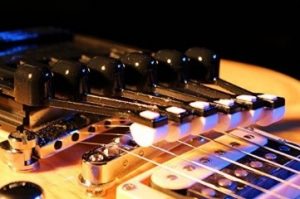
Link: https://www.amazon.com/Hammer-Jammer/dp/B00Z7Y9XU2
Ditto Looper
Looping is very fashionable now, but it also serves another purpose.
When you’re practicing it can get a bit tedious just playing solos or parts on your own.
With the help of a looper you can record a chord sequence into the looper, loop it and play back with it and then you’re not so lonely anymore.
I believe the ditto looper can also store your recorded loop and have song ideas put onto it. Pretty damn cool!
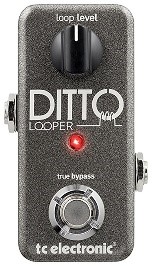
Link: https://www.amazon.ca/Electronic-Guitar-Ditto-Looper-Effects/dp/B00AZUAORE
Final Thoughts
I hope this list of my recommended gadgets has helped you either find a new toy, get a crucial new tool or give you some gift inspiration for a guitarist in your life.
There are so many guitar gadgets out there and more released every year. Check out videos from NAMM to get ideas of the latest releases and gear that’s out.
Have you joined the Free Guitar Academy yet? Why not? Click here to Sign Up!!
Dan
(Fret Success Founder)
https://www.fretsuccess.com
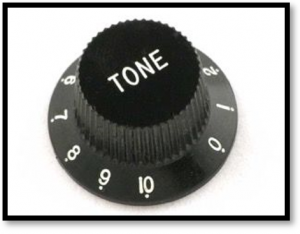
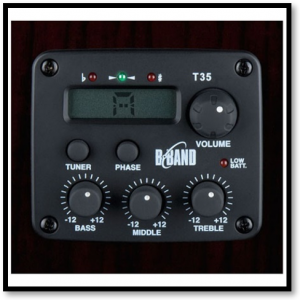
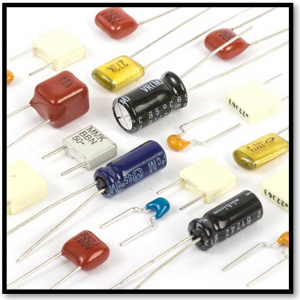





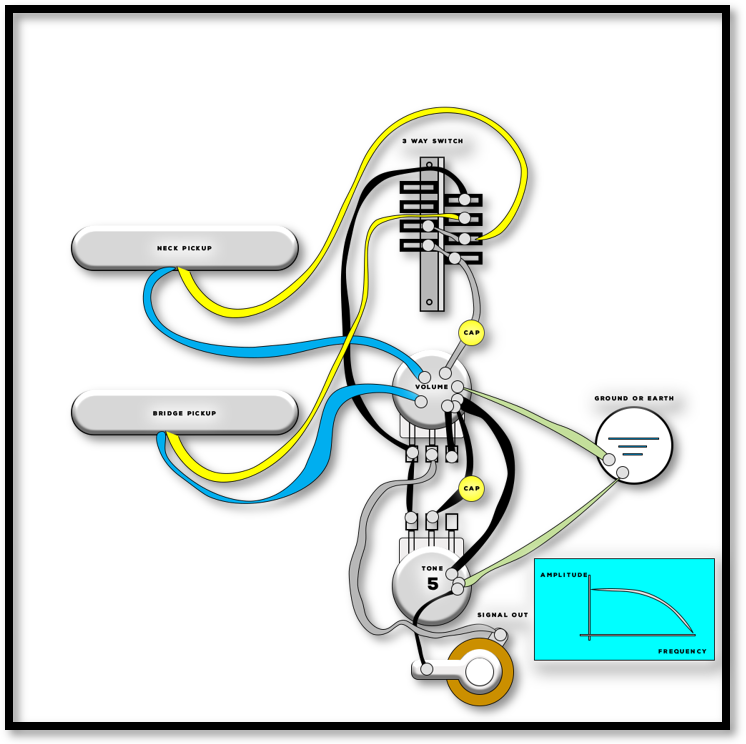
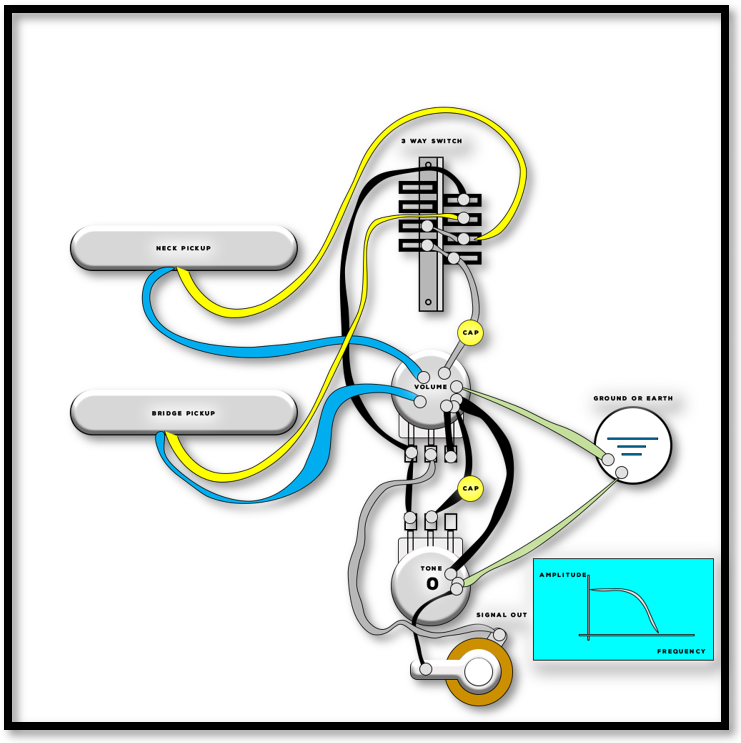
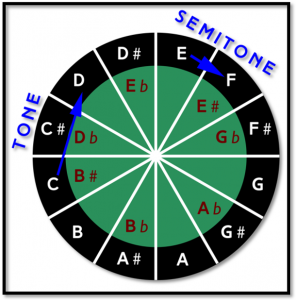


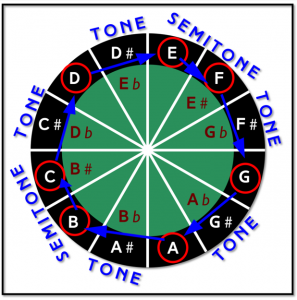


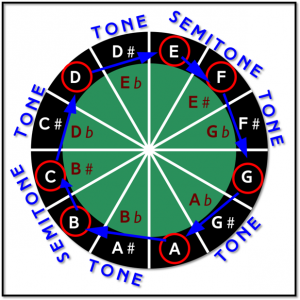
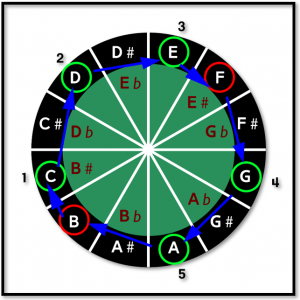
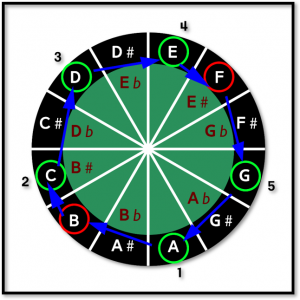
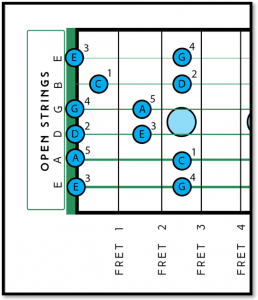
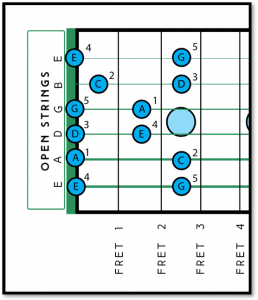


























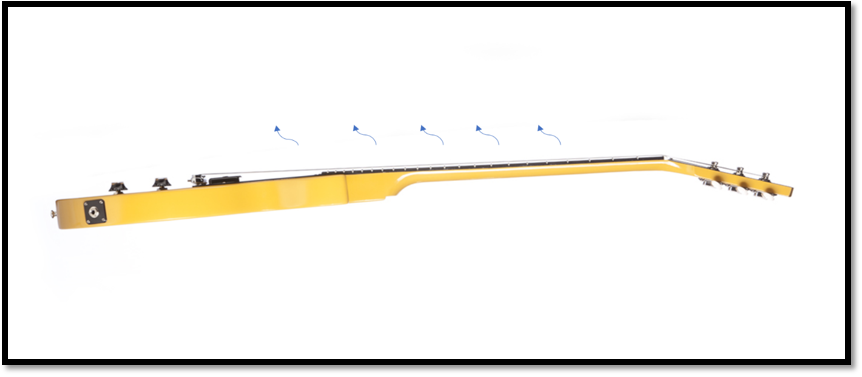
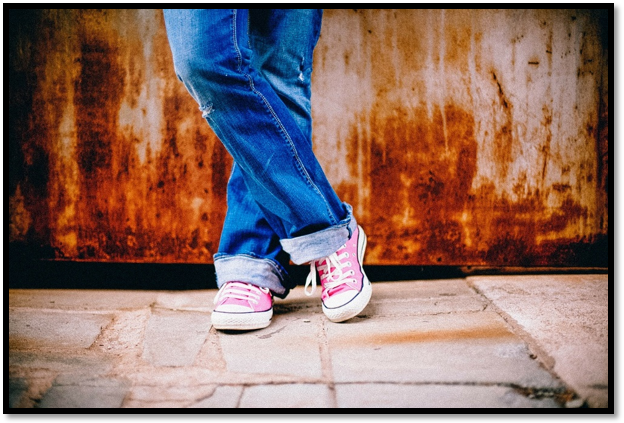
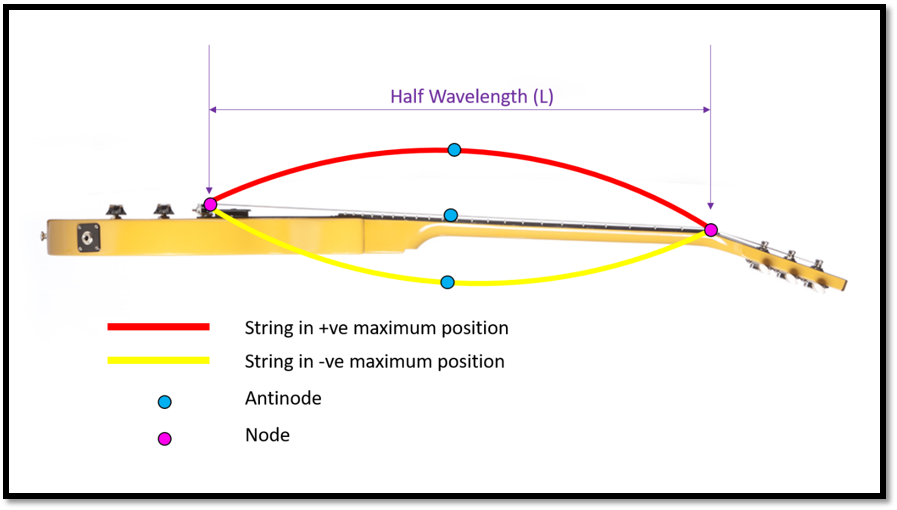
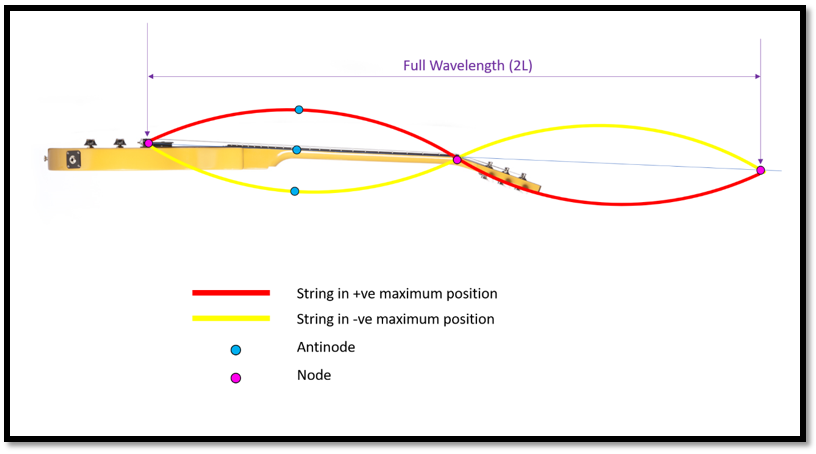

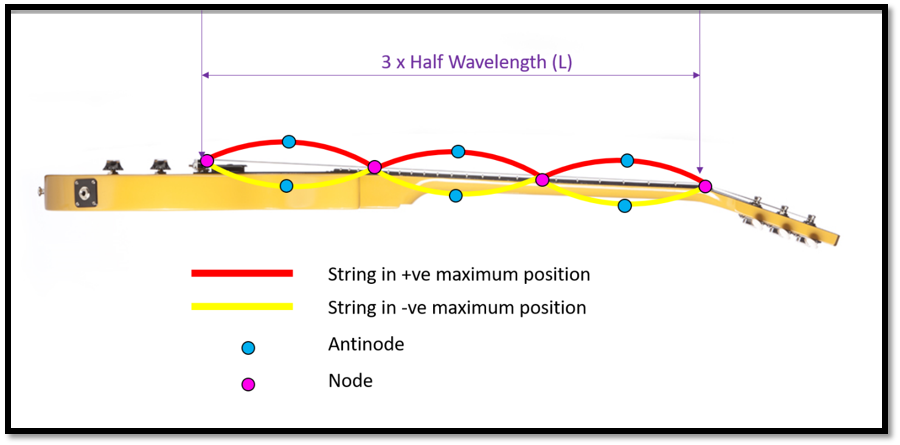
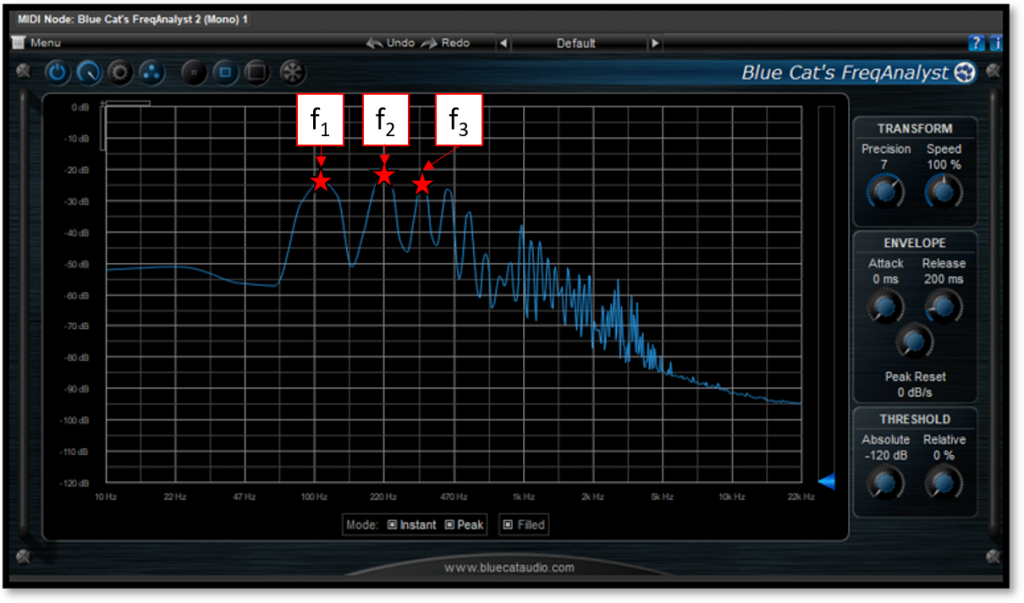
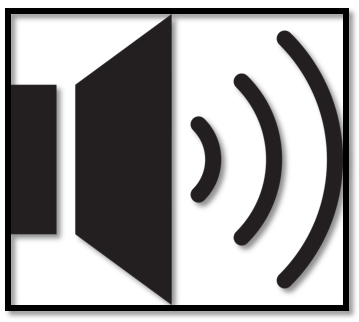
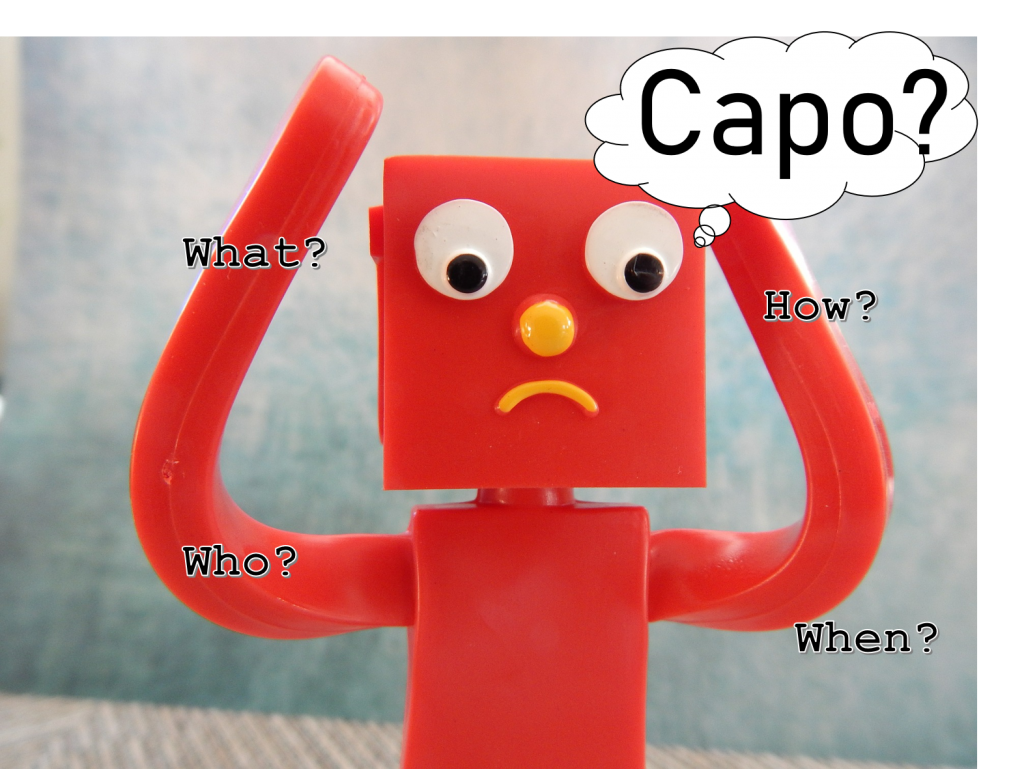

 For example, if we want to move our chords up by 3 semitones then we would place the capo on the 3rd fret of the guitar to correctly shift the open strings to the desired relative tuning. If we form an E Major Open Chord shape in this position (after the capo) it will now sound like a G Major Barre Chord on the 3rd Fret.
For example, if we want to move our chords up by 3 semitones then we would place the capo on the 3rd fret of the guitar to correctly shift the open strings to the desired relative tuning. If we form an E Major Open Chord shape in this position (after the capo) it will now sound like a G Major Barre Chord on the 3rd Fret.

